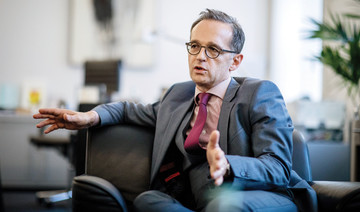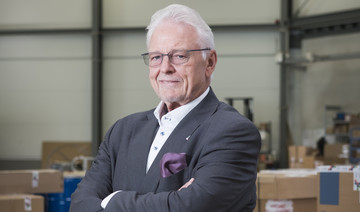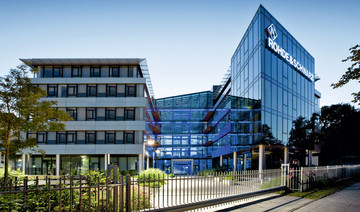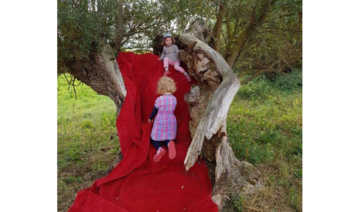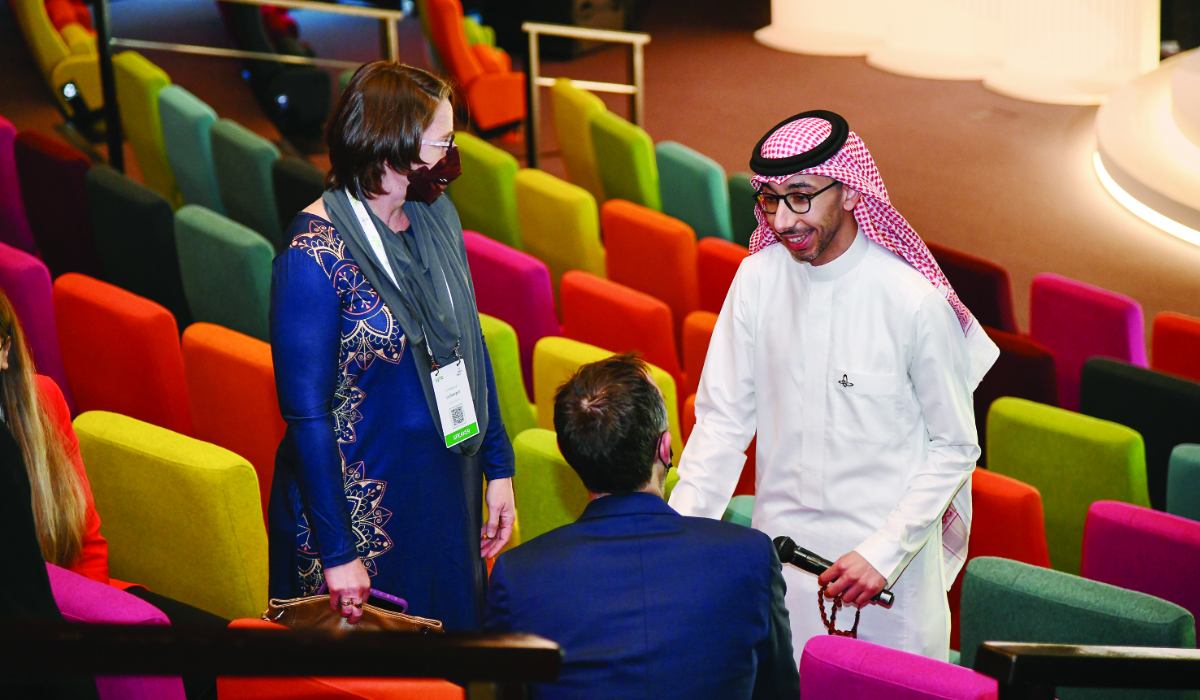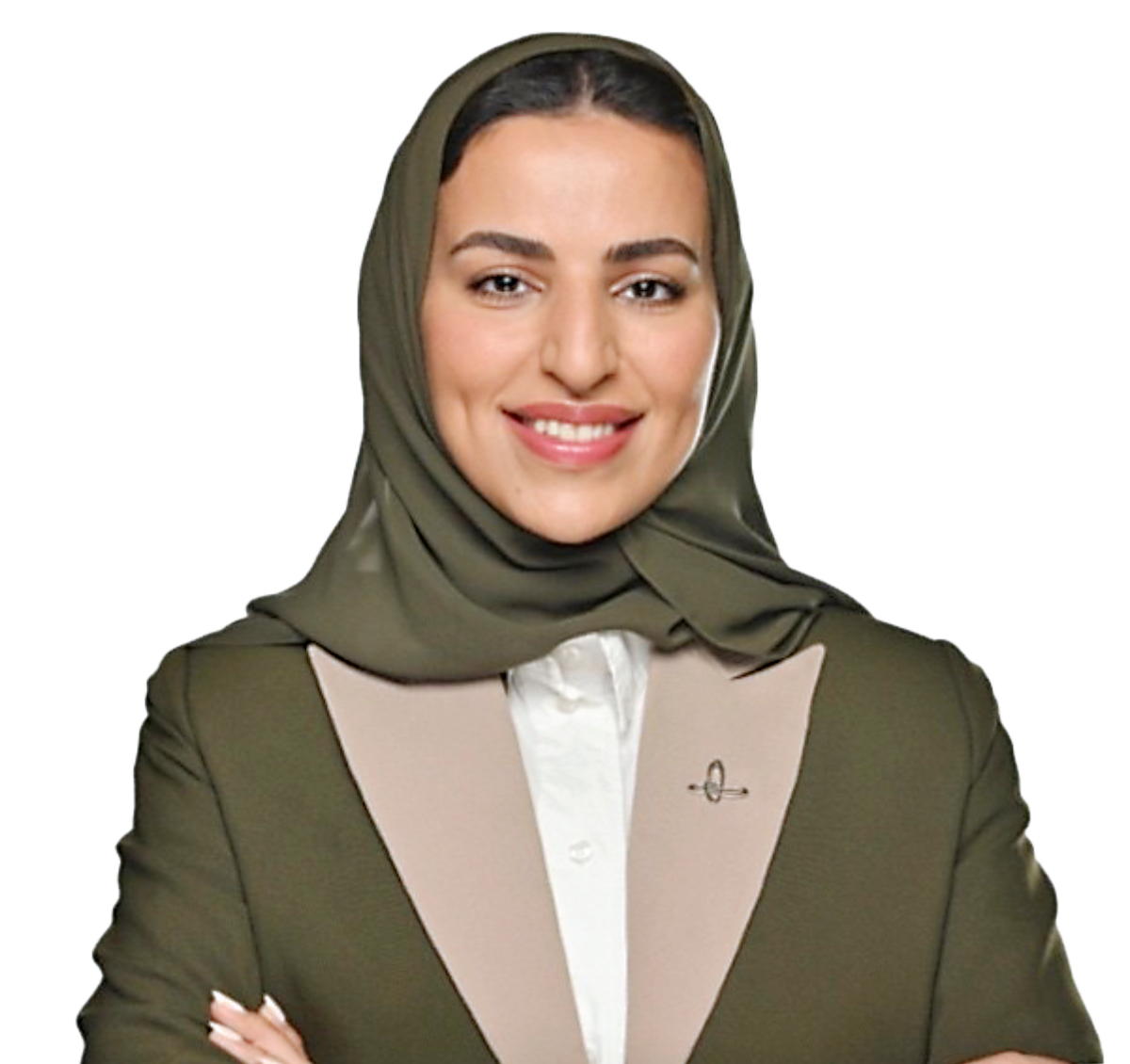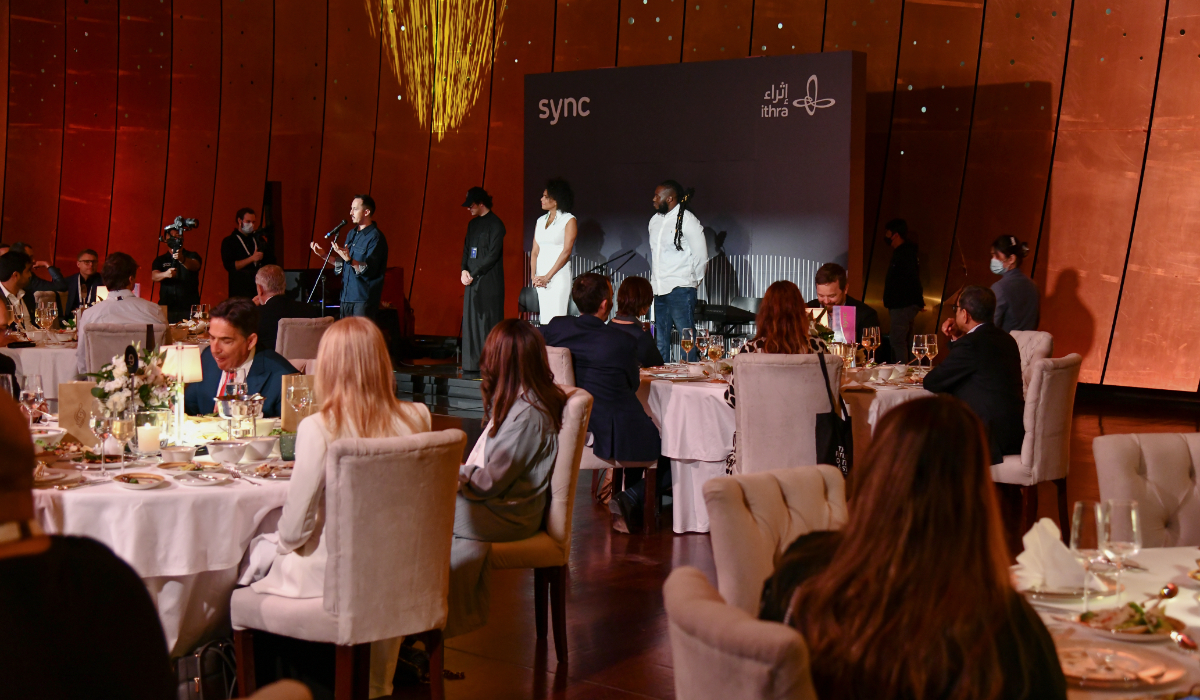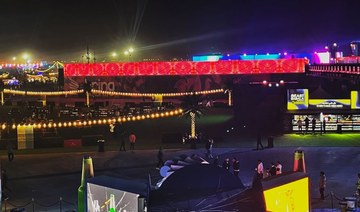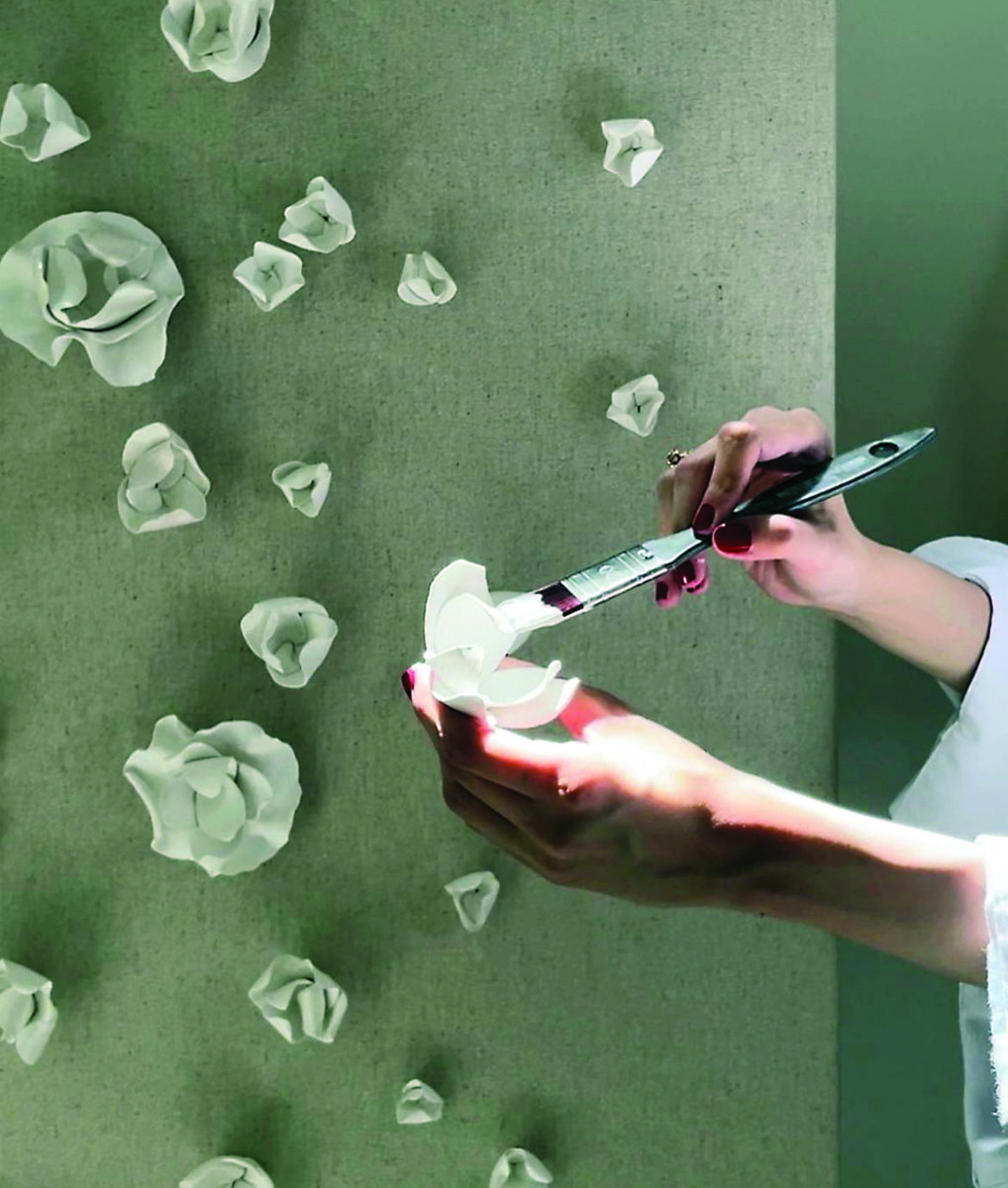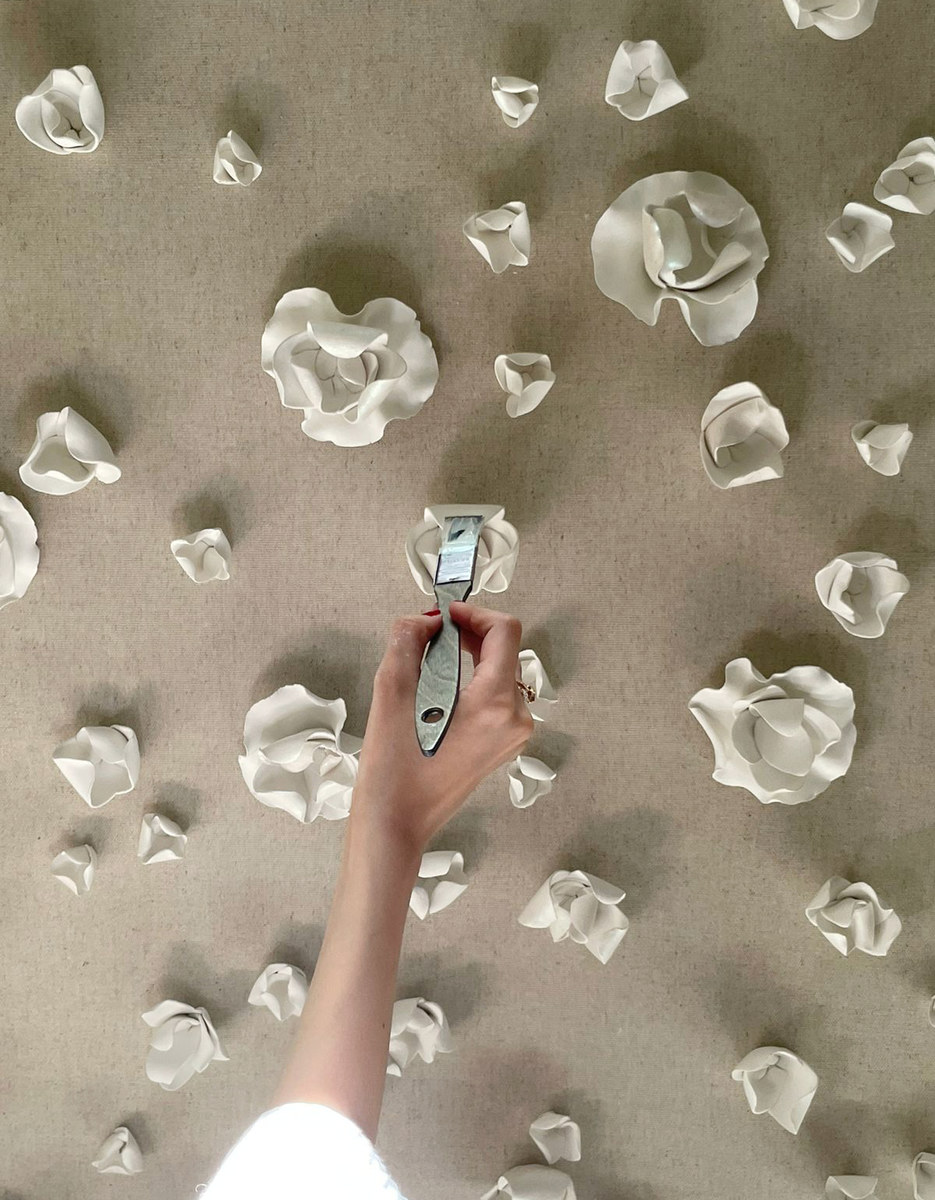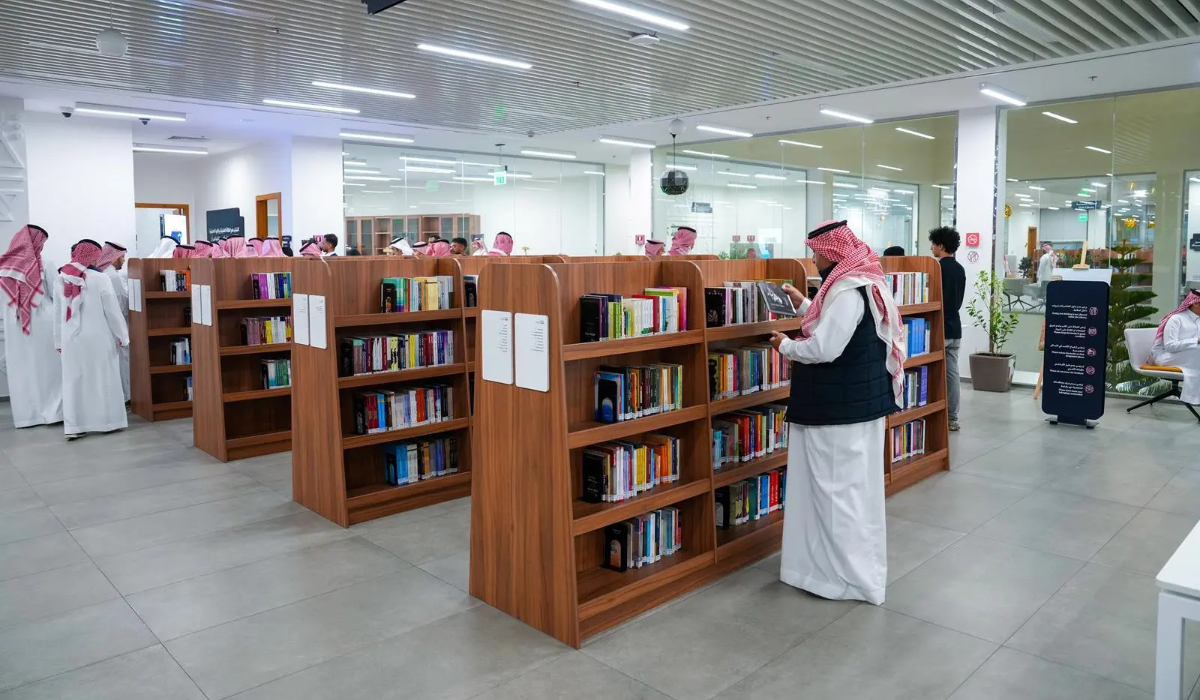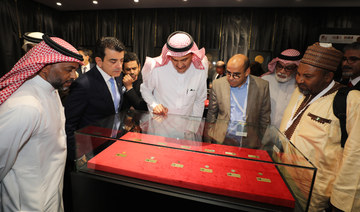RIYADH: Saudi-German ties have grown and developed through the years but now the relationship has assumed a new dimension of dynamism and cordiality, as cooperation continues to evolve on a number of issues.
The diverse projects being jointly undertaken are a testimony to the long and lasting friendship between Riyadh and Berlin, which has become a long-term partnership with the ongoing implementation of Saudi Vision 2030.
On the political side, the countries have added a strategic component to their ties. Politically, Saudi Arabia and Germany are close partners. Like the Kingdom, Germany is concerned about Iran’s regional policy. This was clearly reflected in the joint statement by German Chancellor Angela Merkel, British Prime Minister Theresa May and French President Emmanuel Macron on May 9, 2018.
While maintaining their commitment to the 2015 Joint Comprehensive Plan of Action, the so-called nuclear deal with Iran, after the decision by US President Donald Trump to withdraw from it, the European leaders said: “We must also address in a meaningful way shared concerns about Iran’s ballistic missile program and its regional activities, especially in Syria, Iraq and Yemen.”

The Saudi-German partnership is more important now than ever before because regional and international challenges have increased. The full restoration of peace and stability in the Middle East is a shared objective. Germany stands with its regional partners, including Saudi Arabia, to do whatever it can to assist in the restoration of peace and security, across the world in general and in the region in particular.
Yemen is one of the countries to which the Germans provide humanitarian assistance. In 2017, they gave €165 million ($191 million) for aid efforts focusing on food, water and health. In 2018, Yemen has again been a priority for Germany’s humanitarian aid efforts. Regarding a political solution to the crisis in the country, Berlin supports the work of the UN special envoy.
Germany is also a committed partner of the global coalition against Daesh, the focus of which is to ensure that their military defeat is sustainable by stabilizing liberated areas, facilitating the return of internally displaced people and tackling the root causes of the emergence of the terror group.
The German contributions to stabilization support, development cooperation and humanitarian aid since 2014 add up to €1.3 billion in Iraq and €1.23 billion in Syria.
More recently, Germany joined the Small Group on Syria — which also includes the US, UK, France, Saudi Arabia and Jordan — that is looking for a political solution to the crisis in the war-torn country.
Saudi Arabia and Germany have also forged closer ties on the commercial front. With complementary needs in trade and investment, as well as similar views on a range of issues at regional and international levels, the countries are taking their relationship to a new, higher level. As member states of the G-20, they can work closely in a number of fields, including economics and politics.
A particular highlight in the economic field this year is the recent 40th anniversary of the founding of the German-Saudi Arabian Liaison Office for Economic Affairs. Since its inception, it has helped build bridges between businesses in both countries and become a pillar of economic cooperation.
Trade relations remain vital. In 2017, imports from Germany to Saudi Arabia amounted to €6.6 billion, a reduction of 9.6 percent compared with 2016, while Saudi exports to Germany rose by 28.7 percent to €803 million in the same period.
In addition, there is a wide variety of German investment in Saudi Arabia. Besides large projects such as Siemens’ gas turbine plant and Linde’s gas facility, KSB and Fuchs are examples of German small and medium enterprises (SMEs) with long-term commitments to the country.
Meanwhile, cultural relations between Saudi Arabia and Germany reached new heights with a visit by the Cologne Academy Orchestra in April to perform in Riyadh, Dammam and Jeddah. The concerts, organized by Saudi Arabia’s General Culture Authority and the German Embassy, attracted large audiences, who were treated to incredible performances of works by Beethoven, Wagner and Brahms.
In the field of education, a shining example of German-Saudi cooperation can be found in the specialist medical training of Saudi doctors at the prestigious Charité hospital in Berlin. The program, which was officially launched in 2015 by the then-ambassador of Saudi Arabia to Germany, Dr. Ossama bin Abdul Majed Shobokshi, entered its fourth year in September 2018 with a fresh intake of Saudi doctors.
Most importantly, people-to-people relations between Saudis and Germans remain as close as ever. An example of this is the undiminished popularity of Germany as a destination for tourism. In 2017, the German Embassy in Riyadh and the Consulate General in Jeddah issued more than 57,000 tourist visas. A nation of keen travelers, Germans are set to reciprocate once the previously announced tourist visas for Saudi Arabia become widely available.
Located in the heart of Europe, Germany is the strongest economy in the EU. It also has about 38 sites on the UNESCO World Heritage list, which reflect 2,000 years of history. Since reunification, Germany has gained a higher profile as a travel destination, with Berlin the most visited single location. Many tourists visit the capital to see for themselves the site of one of the most significant events in modern world history, the fall of the Berlin Wall in 1989, which marked the economic and political reunification of the country.



